Robert Pfeifer, AIA
Recent Posts
When do you need a facility condition assessment?
[fa icon="calendar'] Jun 28, 2021 9:30:00 AM / by Robert Pfeifer, AIA
A facility condition assessment is a comprehensive evaluation of a property and its infrastructure to determine the current performance and understand how much longer it can continue to perform as designed. This information is critical for making decisions about needed repairs, maintenance, or improvements and the associated costs. This is similar to a property condition assessment for commercial real estate.
Read More [fa icon="long-arrow-right"]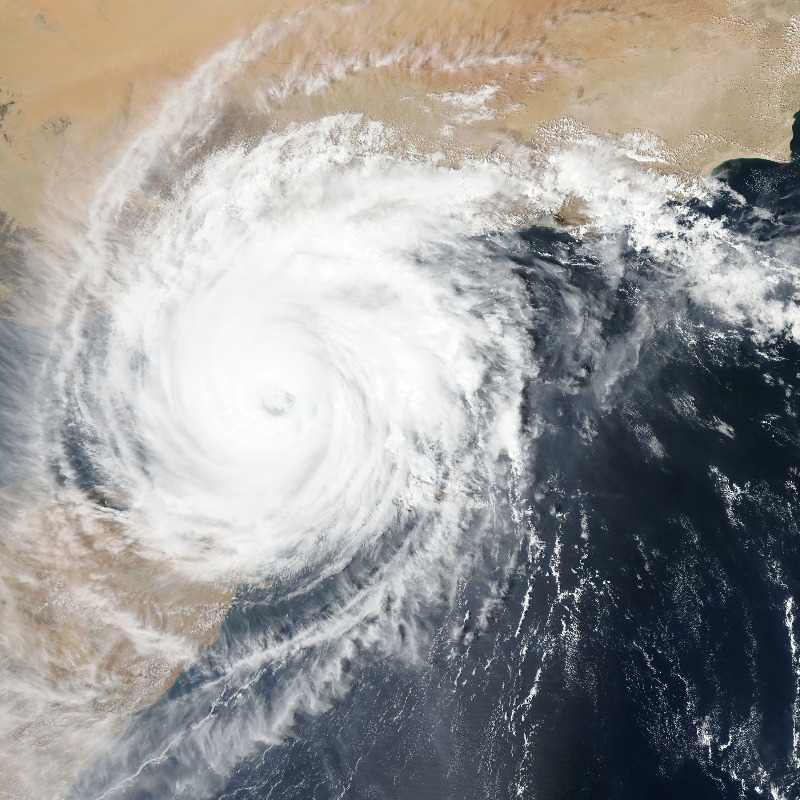
Hurricane Damage Claims - A Primer
[fa icon="calendar'] Jun 10, 2021 6:00:00 AM / by Robert Pfeifer, AIA
Insurance policies may or may not cover all your damages from a storm like a hurricane. In general, for residential policies, most policies cover damages caused by high winds, such as damaged roofing shingles, broken windows, water entering damaged building components, or damage from toppled trees.
Read More [fa icon="long-arrow-right"]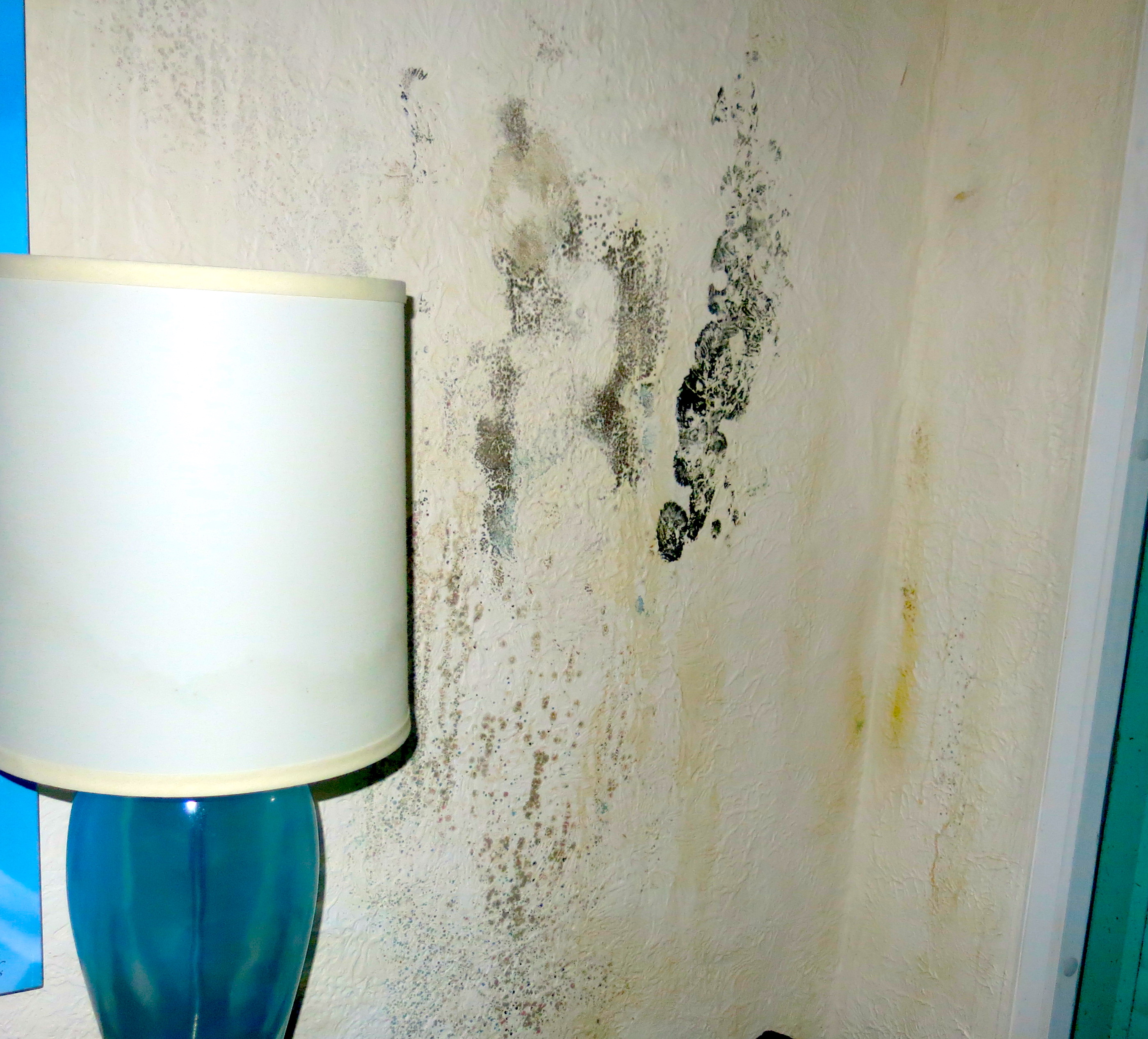
Mold in walls after a hurricane or flooding
[fa icon="calendar'] Oct 19, 2017 4:00:00 PM / by Robert Pfeifer, AIA
Excessive growth of mold can destroy building materials and also cause health problems.
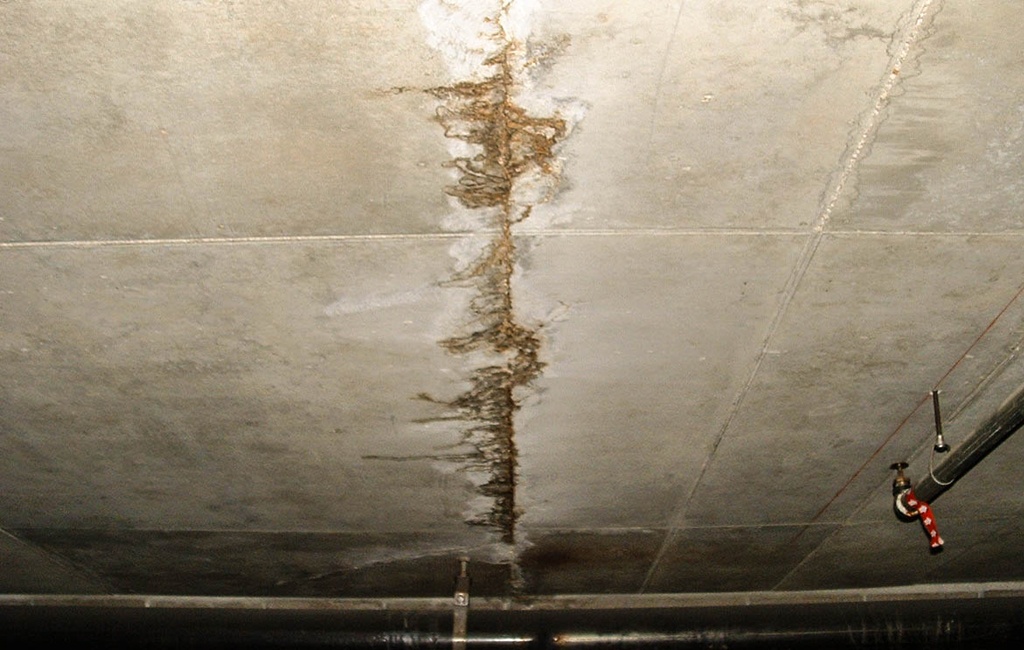
Water Damage During Construction
[fa icon="calendar'] Oct 11, 2017 3:55:00 PM / by Robert Pfeifer, AIA
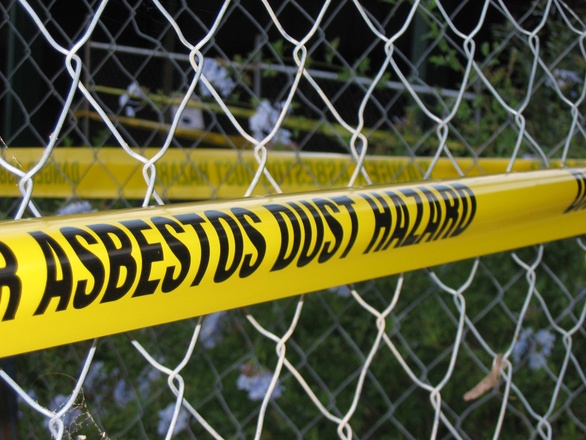
Asbestos Testing and Clean-Up
[fa icon="calendar'] Jul 5, 2017 9:22:00 AM / by Robert Pfeifer, AIA
Part two of a series. If you missed part one of our Asbestos post series, you can access that here.
Asbestos Testing and Clean-Up
Once asbestos is discovered or suspected the following steps should be safely taken by qualified professionals; secure the property to be sure no individuals or workers go into the building without proper training and personal protective equipment, survey the property, inspect for the presence of asbestos contamination, and locate the source of the asbestos contamination.
CCA has led asbestos remediation, leading teams of professionals to inspect, evaluate, and de-contaminate buildings. Working with local environmental inspection and testing consultants, CCA and the consultants would safely enter the building, take surface and airborne samples, and determine if the structure is, in fact, contaminated with airborne asbestos particles.

Handle with Care: Asbestos Contamination and Clean-Up
[fa icon="calendar'] Feb 15, 2017 10:00:00 AM / by Robert Pfeifer, AIA
Your insureds are scared of asbestos in their building! Who can blame them. Asbestos in homes and businesses should be no surprise to construction professionals.
Warnings regarding the dangerous nature of asbestos have been around since the 1960s.
As all construction professionals know, asbestos exposure is something that always needs to be taken seriously. According to OSHA, "there is no 'safe' level of asbestos exposure for any type of asbestos fiber. Asbestos exposures as short in duration as a few days have caused mesothelioma in humans. Every occupational or incidental exposure to asbestos can cause injury or disease and contributes to the risk of getting an asbestos related disease."
On-Call Disaster and Catastrophe Response
[fa icon="calendar'] Aug 28, 2015 4:28:28 PM / by Robert Pfeifer, AIA
Putting Lives and Businesses Back on Track
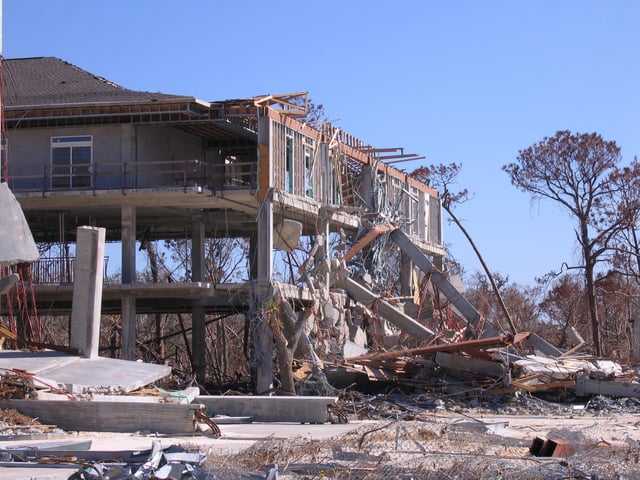
When disaster strikes, the first thing most people do is to dial 911 resulting in the dispatch of police, fire, and EMT personnel. Soon after life-threatening emergencies are taken care of, homeowners, property landlords, and public officials turn their attention to issues of restoring properties and getting commerce going. Business and property owners and their insurance companies want to know: How bad is it, can it be repaired, when can repairs be made, and how much will they cost? CCA’s team has vast experience answering these questions whether the disaster is a single property or a wide-spread catastrophe such as hurricanes and earthquakes. CCA is used to responding quickly to our client’s needs.
What Will You Do When Your Mission-Critical Facility Goes Down?
[fa icon="calendar'] Apr 28, 2015 10:58:19 AM / by Robert Pfeifer, AIA
Risk assessment protects your operations when mission-critical buildings go offline.
Mission-critical facilities are the buildings that contain activities, devices, services or systems that if disrupted would have a devastating impact on a business, a community or on national security. Major data centers, Chicago’s O’Hare airport, Department of Defense facilities, your local fire department, or the buildings where Federal Exchange servers reside – all of these are examples of mission-critical architecture.
But of course, mission-critical facilities do fail. From natural disasters to terrorism to an explosion at an electrical substation, there are many threats that can cause a mission-critical building to go down. And while it is theoretically possible to protect a facility 100% against all threats, it is simply too costly for most organizations to provide that level of protection.
That is where risk assessment for mission-critical facilities comes into play. By performing a comprehensive assessment of the risks to your mission-critical building – and the costs of losing it temporarily – you can better prepare for the possibility of failure and protect your organization in the event a disaster occurs.
There are five steps involved in risk assessment of mission-critical architecture:
Read More [fa icon="long-arrow-right"]
